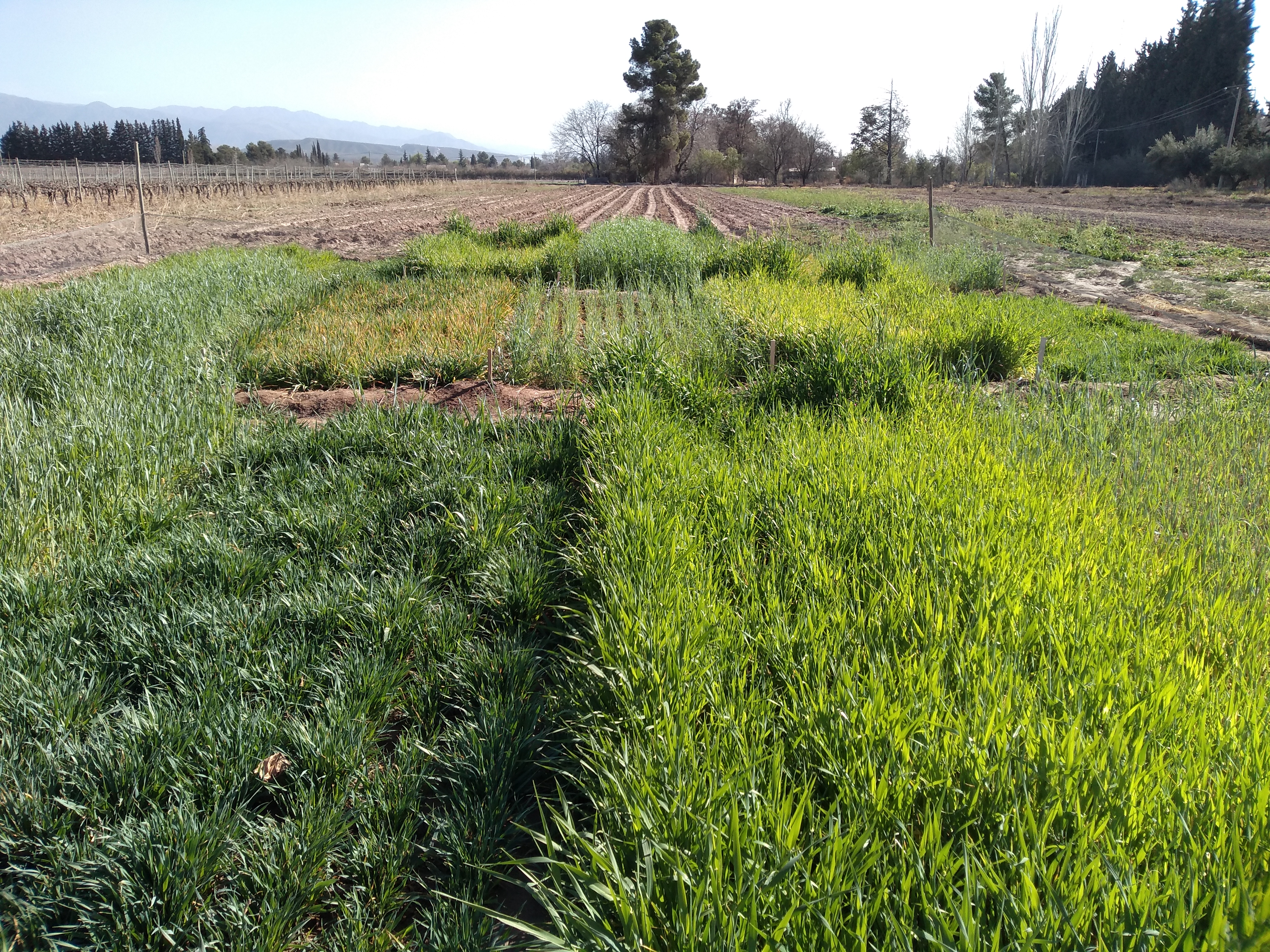Sowing date effects on yield of three winter forage crops in the northern oasis of Mendoza
DOI:
https://doi.org/10.48162/rev.39.080Palabras clave:
P. laevigata, S. molle, A. farnesiana, usos de suelo, bioindicatorResumen

The increasing livestock farming in the province of Mendoza requests the acquisition of further knowledge on winter forage crops, annual grasses that produce a large volume of good quality biomass in a short time. The most widely used winter forage crops in Argentina are oats, rye and barley. To assess forage productivity in the northern oasis of Mendoza, an experimental factorial design combined 2 sowing dates (March 21, 2019, and April 29, 2019) and three winter forage crops: oats (Blanca Cristal INTA), rye (Lisandro INTA) and barley (Alicia INTA). Results showed no interaction between sowing dates and forage species. March sowing date was 27% more productive and offered a longer grazing period than April sowing (more than five months in March sowing and more than one month in April sowing). Oat showed the highest yield, differing significantly from rye and barley.
Highlights
- March sowings produced more forage than April sowings.
- Days from sowing to first grazzing are less in March sowings.

Descargas
Publicado
Número
Sección
Licencia
Derechos de autor 2022 Revista de la Facultad de Ciencias Agrarias UNCuyo

Esta obra está bajo una licencia internacional Creative Commons Reconocimiento-NoComercial-CompartirIgual 3.0.
Aquellos autores/as que tengan publicaciones con esta revista, aceptan las Políticas Editoriales.


